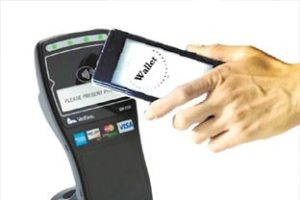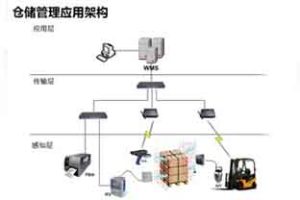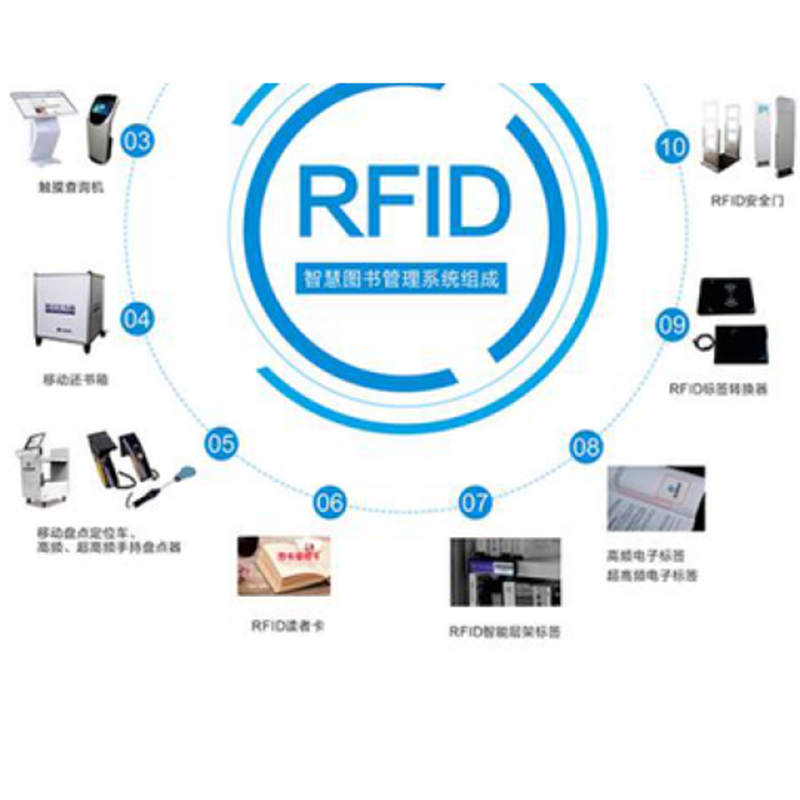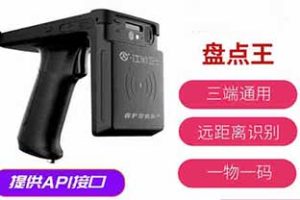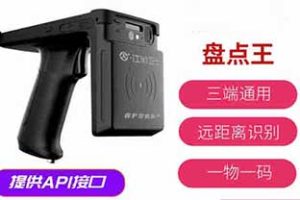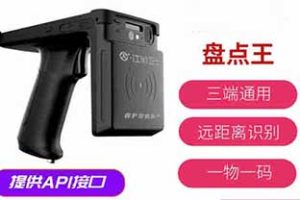What does RFID mean? The functions and applications of RFID handheld devices 123
RFID stands for Radio Frequency Identification technology. It is a wireless communication technology that can identify specific targets and obtain relevant data through radio waves. RFID technology is widely used in logistics, inventory management, payment systems, and other fields, which can improve work efficiency and security. Through RFID technology, items can be uniquely identified and tracked, providing convenience for business management and consumers. The development of RFID technology will further promote the development of animal networking and intelligent technology, with broad application prospects
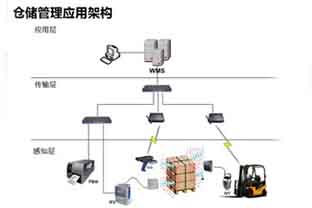
The advantages and application scenarios of RFID ultra-high frequency fixed readers and writers
RFID readers can generally be divided into fixed readers and handheld readers based on their usage. Fixed RFID readers have antennas that can be either external or internal. Compared with handheld readers, fixed RFID readers have certain advantages in reading distance and range. The RFID fixed ultra-high frequency reader can achieve high-speed automatic recognition and processing of large quantities of goods, reduce manual operations and misjudgment rates, improve management efficiency. At the same time, the ultra-high frequency fixed reader supports multiple communication protocols and data interfaces, and can quickly integrate and interconnect with various information systems, achieving the goal of informationization and industrial intelligence.
The advantages of RFID ultra-high frequency fixed readers and writers
1. The output power is adjustable, and the transmission power of the RFID reader affects the reading and writing distance. The higher the transmission power of the reader, the greater the reading and writing distance.
2. Multiple communication interfaces such as RS232, RS485, RJ45 (TCP/IP), WiFi, etc. are easy to integrate, deploy, and have rich functions.
3. Suitable for scenarios with long reading distances and fast tag reading speed, such as warehouse entry and exit, assembly line channel machine inventory, and other scenarios.
4. Can be matched with multiple specifications of antennas, achieving high tag recognition rate and fast reading and writing processing.
The RFID fixed ultra-high frequency reader has the characteristics of being able to read multiple tags at once, having a long recognition distance, fast data transmission speed, high reliability and long lifespan, and being able to withstand harsh outdoor environments. It has a wide range of applications and can meet the needs of various industries. Its applications in manufacturing, inventory, logistics and other links have been widely recognized and adopted.
In the production and manufacturing process, comprehensive monitoring and optimization of the production process can be achieved, and data support can be provided for the adjustment of production plans; In inventory management, real-time monitoring and management of stored goods can be achieved to ensure the safety and accuracy of goods; In logistics transportation, real-time monitoring and tracking of transportation routes and processes can be achieved to ensure the safety and accuracy of goods. RFID fixed ultra-high frequency readers are important equipment for various enterprise information and intelligent construction.
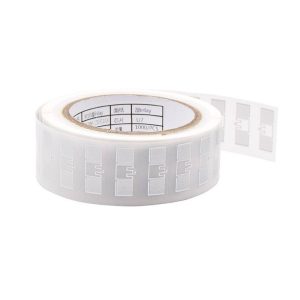
The Application of RFID Ultra High Frequency Fixed Reader and Writer
1. In/out management, ultra-high frequency fixed RFID readers and writers are installed and deployed at the entrance/exit or gantry of the warehouse to identify incoming and outgoing goods and vehicles and verify them with the system task sheet. This can be used for identifying incoming and outgoing goods in the warehouse. Compared with barcode technology, it improves the accuracy of inventory for incoming and outgoing goods, improves the efficiency of inbound and outbound work, and saves manpower.
2. Each workstation is equipped with an ultra-high frequency fixed RFID reader. When a product with an RFID tag enters the RFID workstation, the reader reads the tag data on the product and transmits the information to the logistics control management system. The system lists the package number, batch number, and other information based on the product information, and displays them on the display screen to prompt production workers to perform relevant operations.
RFID fixed ultra-high frequency reader is an efficient, safe, and reliable radio frequency identification device. RFID fixed ultra-high frequency reader has been widely used in intelligent manufacturing, smart cities, and other fields, becoming an important force in promoting the upgrading of the manufacturing industry.
